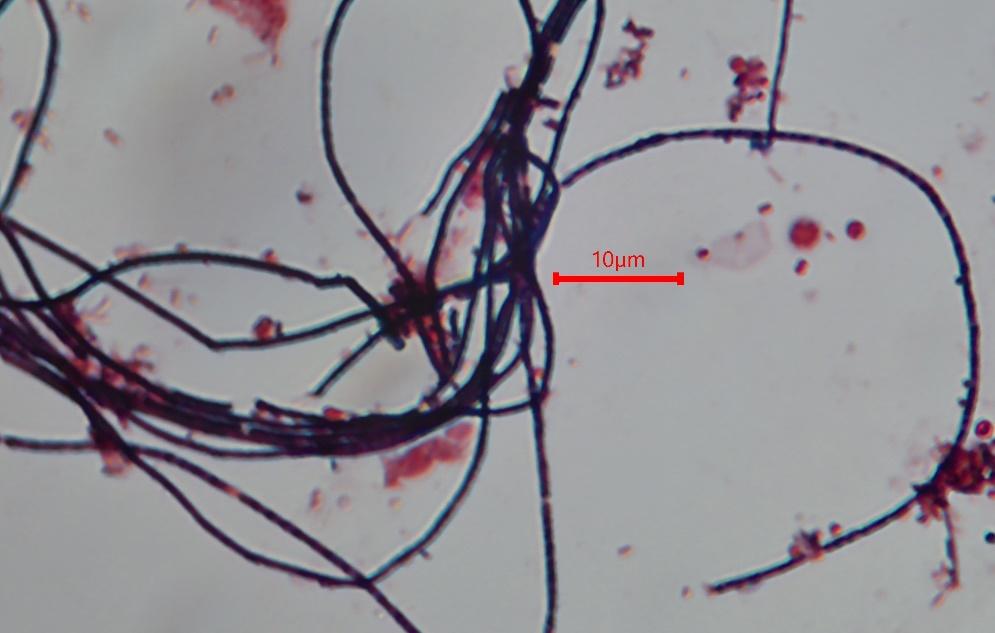Sludge Bulking: Microthrix


One of the most challenging problems commonly encountered in biological wastewater treatment processes is sludge bulking due to overabundance of Microthrix filament types.
What is Microthrix?
Microthrix filament types are recognized due to their Gram-positive staining characteristics and are generally 0.8 µm diameter with no visible septa (cell walls). Microthrix are recognized to grow on lipids and long chain fatty acids. The MIDAS field guide (https://www.midasfieldguide.org/guide/search) recognizes 6 individual species of Microthrix including Microthrix parvicella, Microthrix calidas, and Microthrix subdominas. There are also several closely genetically genera that are strong candidates for Microthrix morphology (characteristics) and similar growth conditions.
Microthrix Preferred Growth Conditions
- Higher sludge retention time (SRT) values (generally >6 days)
- Oleic acid (formed from septic fats, oils, and grease)
- Colder temperatures
Common Troubleshooting Strategies
- Reduction of fats, oils, and grease
- Pretreatment limits on industrial contributors
- Grease trap ordinances
- Primary treatment (i.e., dissolved air floatation) – most common in industrial wastewater treatment plants
- Reducing the SRT value of the mixed liquor
- Sometimes (but not always) helpful. Note: If there is ammonia limits excessive wasting has the potential to interfere with nitrification
- Selective chlorination
- Recommended microscopic evaluation first to determine if Microthrix are extending from the flocs
- Settling aids
- Polymer, coagulants, organic coagulants (jar test first with reputable vendor)
Source: https://rhwastewatermicrobiology.com/wastewater-microbiology-book/
